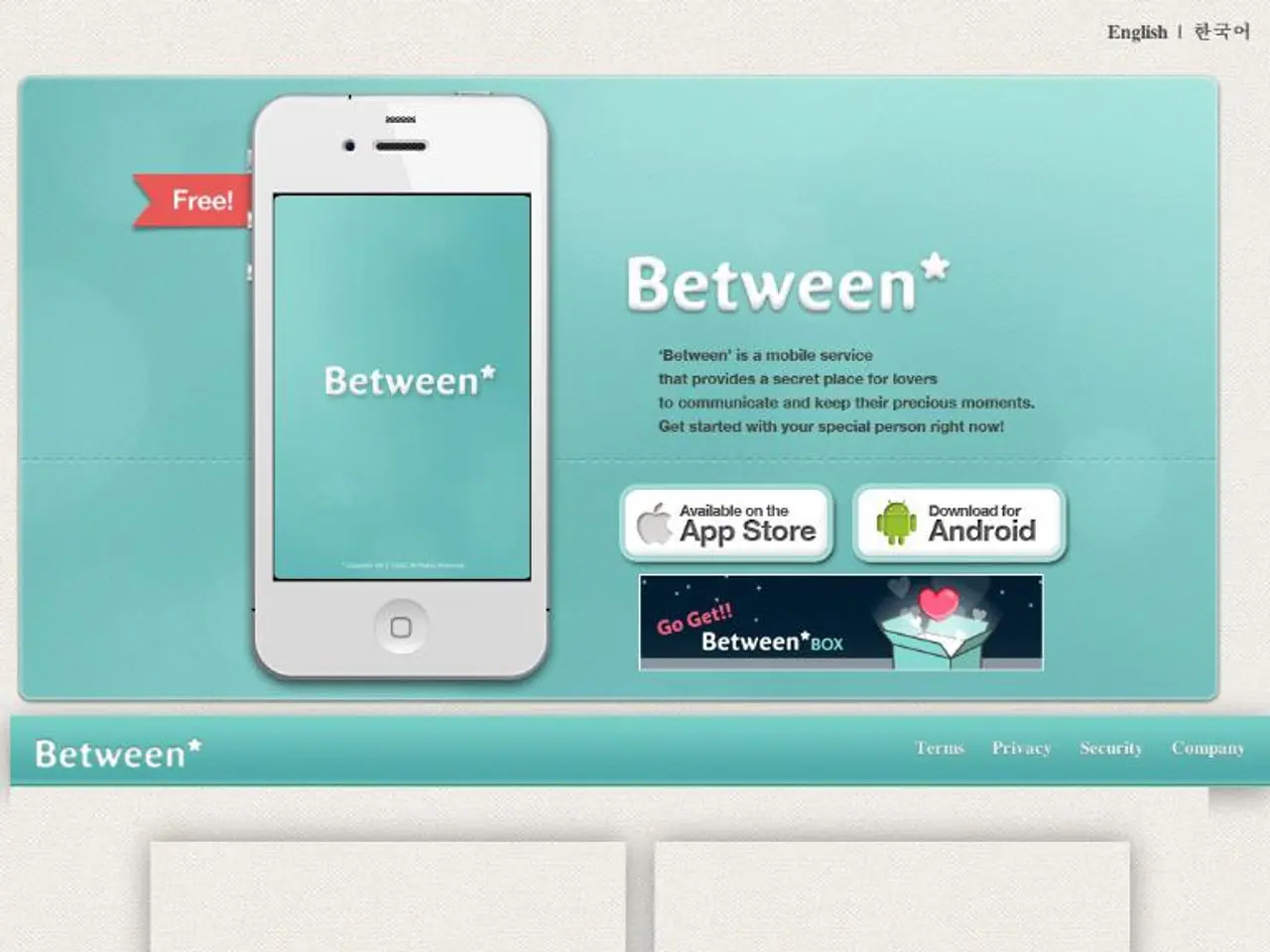Mastering professional-quality photos on your iPhone
The iPhone 16 Pro, equipped with advanced hardware and iOS 26 camera software, offers a powerful tool for capturing DSLR-like quality images. Here are some expert tips to help you take your iPhone 16 Pro photography skills to the next level.
To begin, enable the ProRAW feature and shoot in 48 megapixels for maximum detail and editing flexibility. This utilizes the iPhone’s advanced sensor capabilities, ensuring you capture the finest details in your images.
For versatility and sharpness, use the default 24mm lens or optical zoom up to 5x. Avoid digital zoom to prevent quality loss. Activate the grid and level features in the camera settings to compose balanced and straight shots.
Prefer shooting in high efficiency format with ProRAW turned on for the best image quality and file size trade-off.
For low-light photography, use Night Mode, ideally shooting with the 1x lens which has the largest sensor and widest aperture to reduce noise.
For video or cinematic photos, shoot in 4K 60fps and use Cinematic Mode to get professional depth-of-field and motion effects.
When taking macro photos, enable and use Macro mode selectively to capture intricate close-ups with sharp detail.
Other composition and shooting tips include keeping your lens clean, locking focus and exposure by long-pressing the screen on your subject, shooting in good natural light when possible, experimenting with perspectives and angles, and post-processing using professional editing apps like Adobe's Lightroom.
Including lines in the composition, using the rule of thirds, and looking for unusual viewpoints can help create a sense of depth and guide the viewer’s eye around the image. Portrait mode creates a shallow depth of field to make the subject stand out from the background.
The iPhone 16 Pro also introduces the Camera Control button, a shortcut for opening the camera and adjusting settings like zoom, exposure, depth, and tone. Using the volume buttons to take photos can offer more stability than the on-screen shutter button.
Remember, editing photos can transform a good image into a fantastic one, and there are several free or cheap apps available for iPhone. However, it's worth noting that the iPhone's flash is not recommended for taking professional photos due to its cold, harsh light.
Recent iPhones, including the iPhone 15, are better at working in low light conditions, making it easier to capture stunning images in various lighting scenarios. Manually adjusting exposure and focus can help produce more creative images.
By following these tips and techniques, you can leverage the capabilities of the iPhone 16 Pro’s hardware and iOS 26 camera software to produce professional-quality images. Happy shooting!
- The ProRAW feature and shooting in 48 megapixels, enabled by the iPhone 16 Pro's advanced sensor capabilities, provide maximum detail and editing flexibility for your images.
- Activate the grid and level features in the camera settings to compose balanced and straight shots, ensuring your images have a professional layout.
- To capture DSLR-like quality images, try shooting in 4K 60fps with the iPhone 16 Pro's Cinematic Mode for professional depth-of-field and motion effects.
- For smartphone photography, experiment with perspectives and angles to add creativity to your digital art pieces.
- Camera app settings like zoom, exposure, depth, and tone can be easily adjusted with the iPhone 16 Pro's Camera Control button for more precise control over your shots.
- In low-light scenarios, utilize the iPhone 16 Pro's Night Mode and opt for the 1x lens to reduce noise and improve image quality.
- For macro photography, selectively enable and use the Macro mode to capture intricate close-ups with sharp detail.
- Utilize the rule of thirds, incorporating lines in your composition, and looking for unusual viewpoints to create a sense of depth in your photos, guiding the viewer's eye around the image. This creative approach can make your images stand out among the sea of smartphone gadgets.




